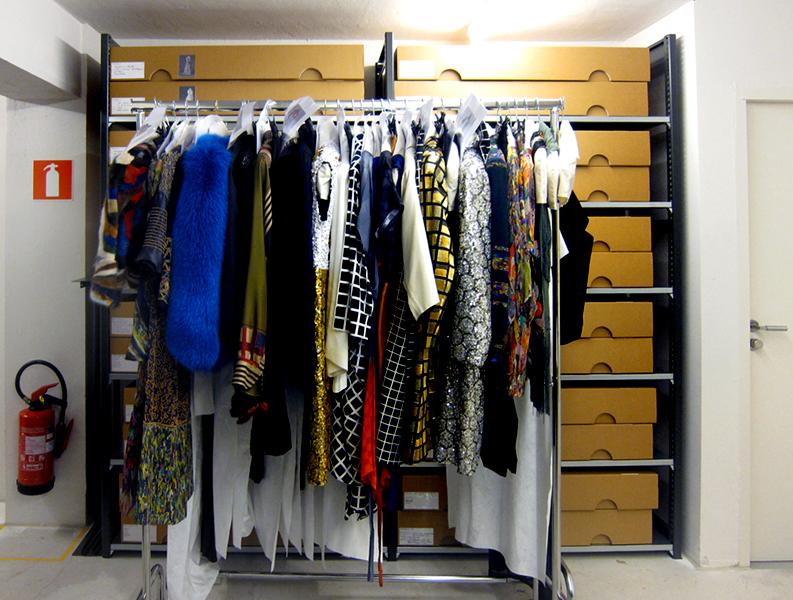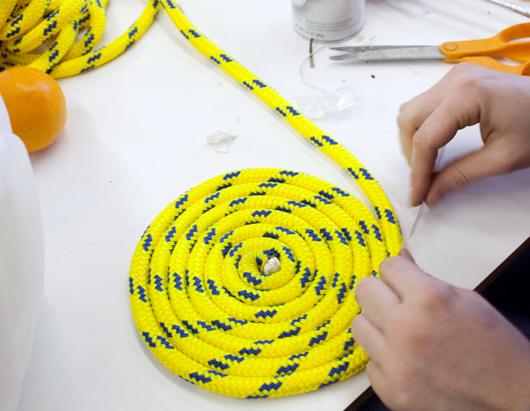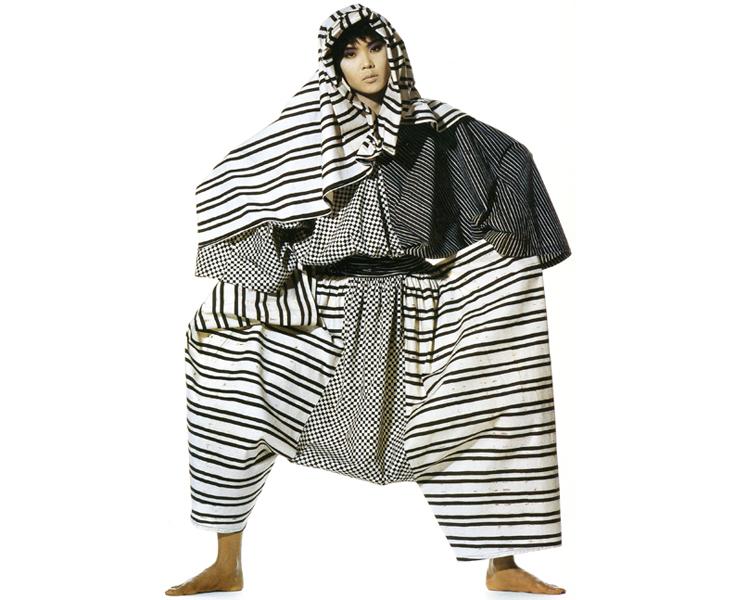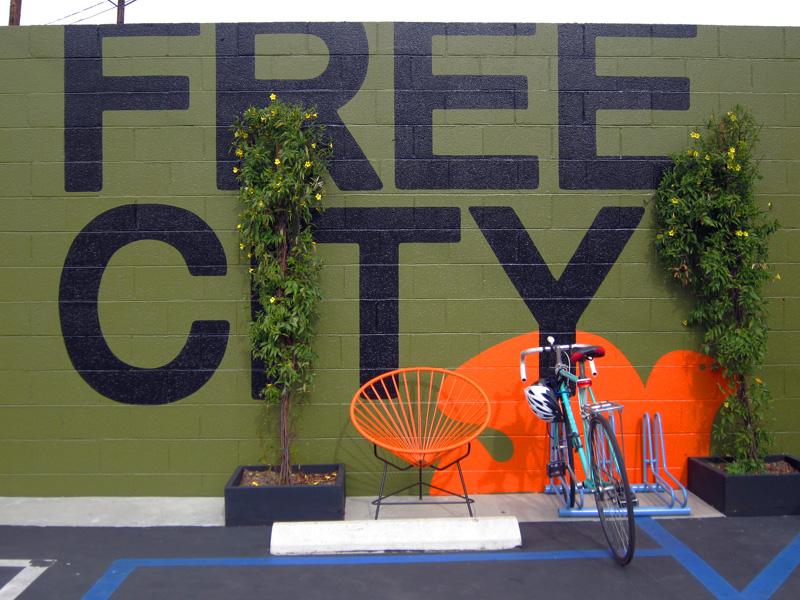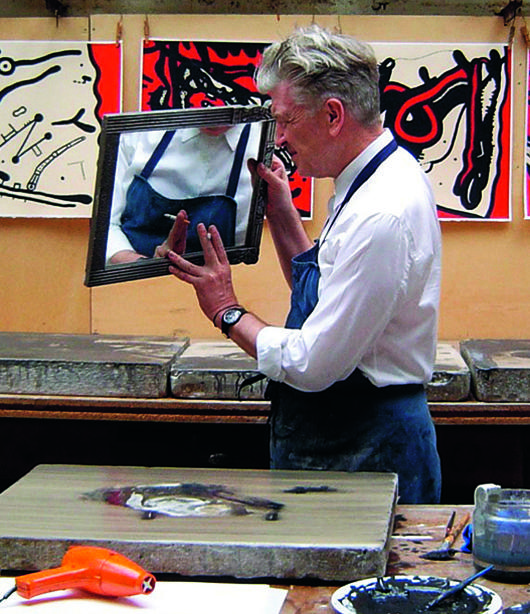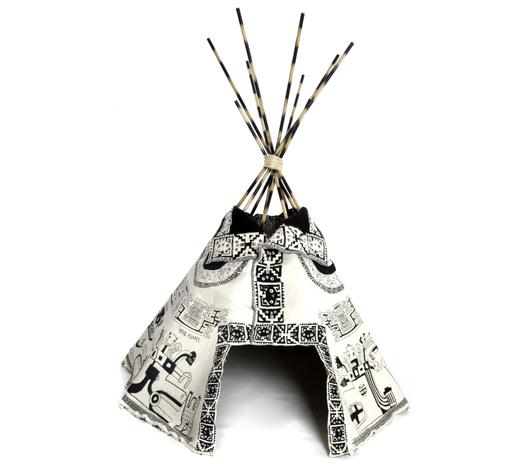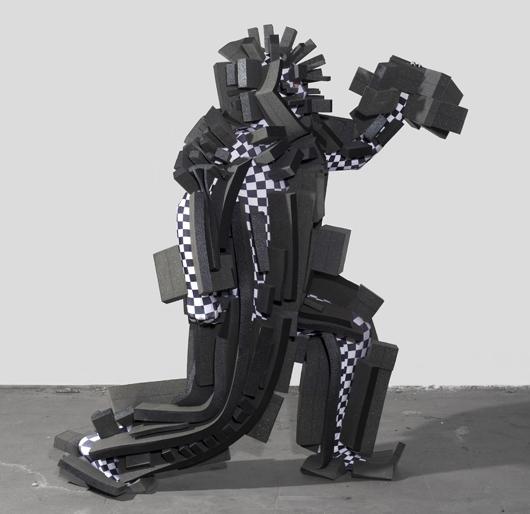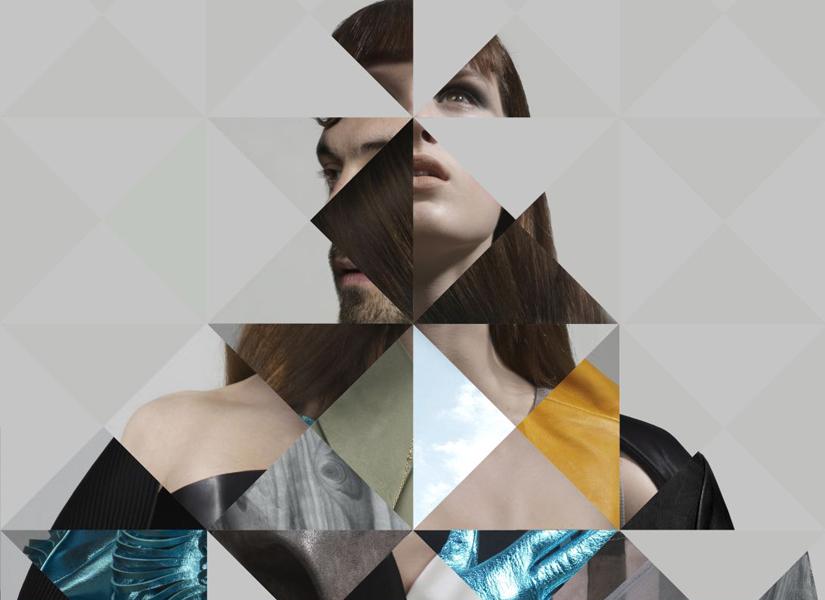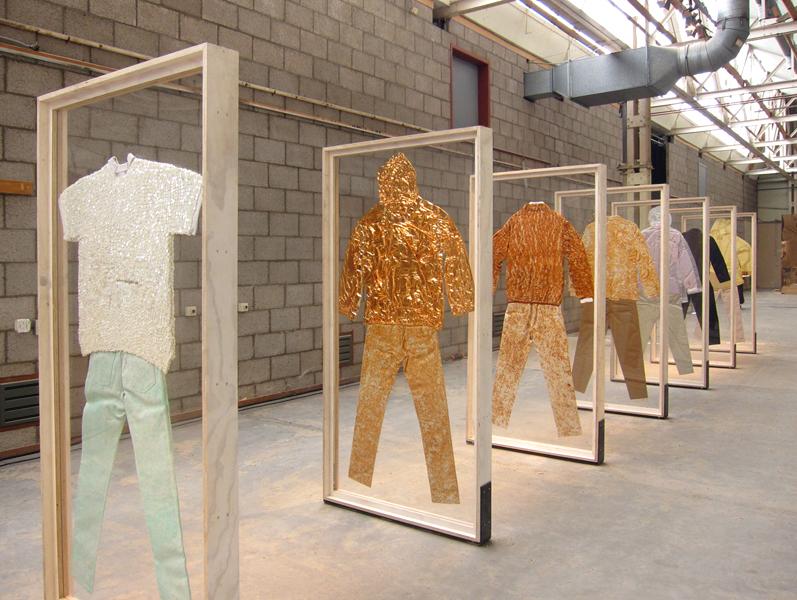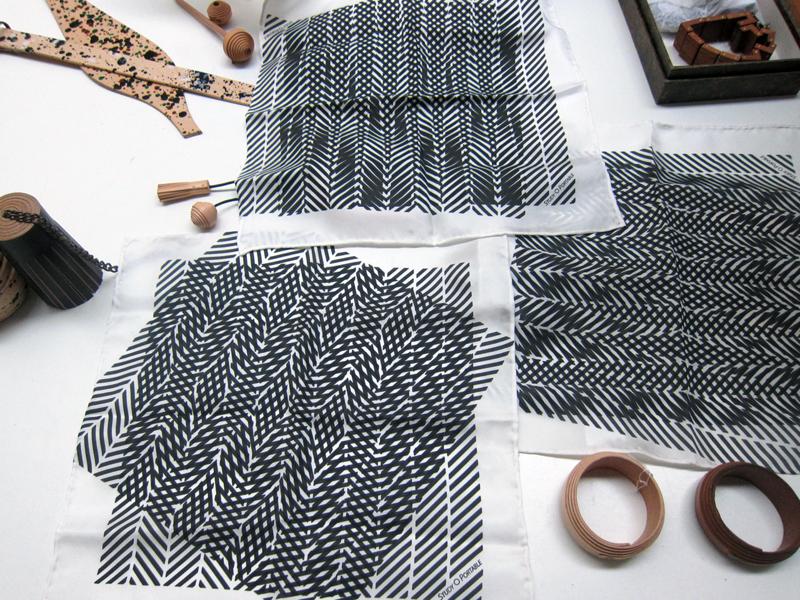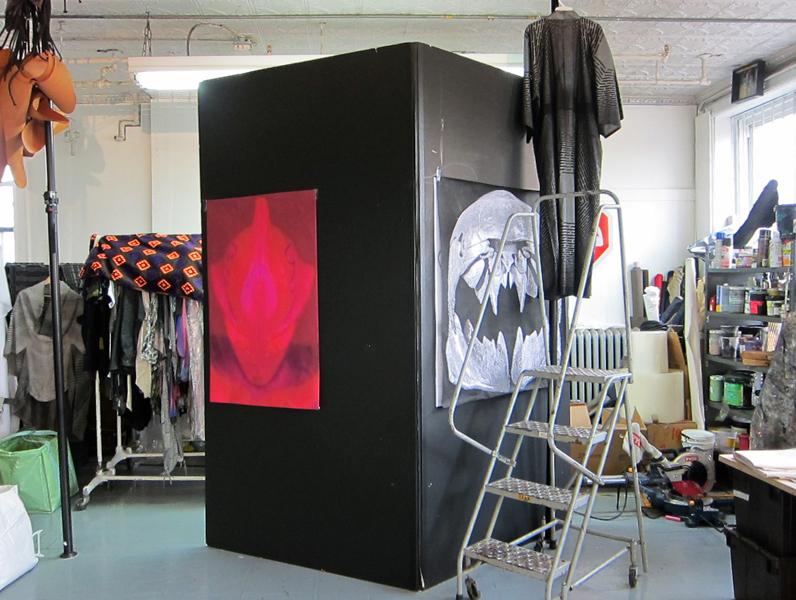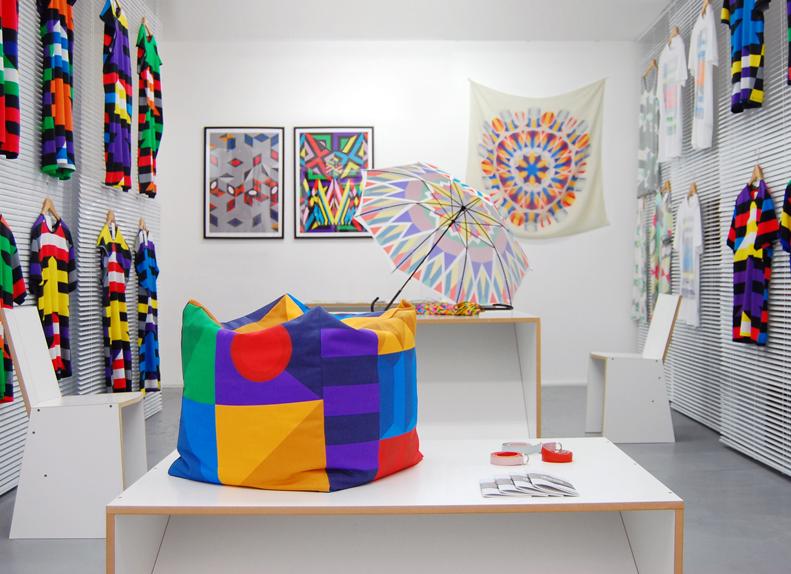
10.28.11
At Home With
David Saunders of David David, Fashion Designer and Artist
If you were somehow unfamiliar enough with the London fashion scene that you’d never encountered the work of David David, née David Saunders, a primer in his background certainly wouldn’t help much. Saunders is best known for a whirlwind rise to prominence that began with a job as head sculptor in YBA Tracey Emin’s studio, stumbled into a fashion line that won him a coveted spot in London’s Fashion East runway show, and now entails an obligatory mention of fans like Kanye West, Agyness Deyn, and M.I.A. each time it comes up in conversation. It’s not that it’s much ado about nothing — we were huge admirers of Saunders’s line by the time we ended up in his flat last February, a block away from our favorite London boutique Darkroom — but all that star power conveys very little about a charmingly blithe collection consisting of a handful of wearable silhouettes festooned with hand-drawn kaleidoscopic graphics, except maybe how he ended up with it in the first place.
